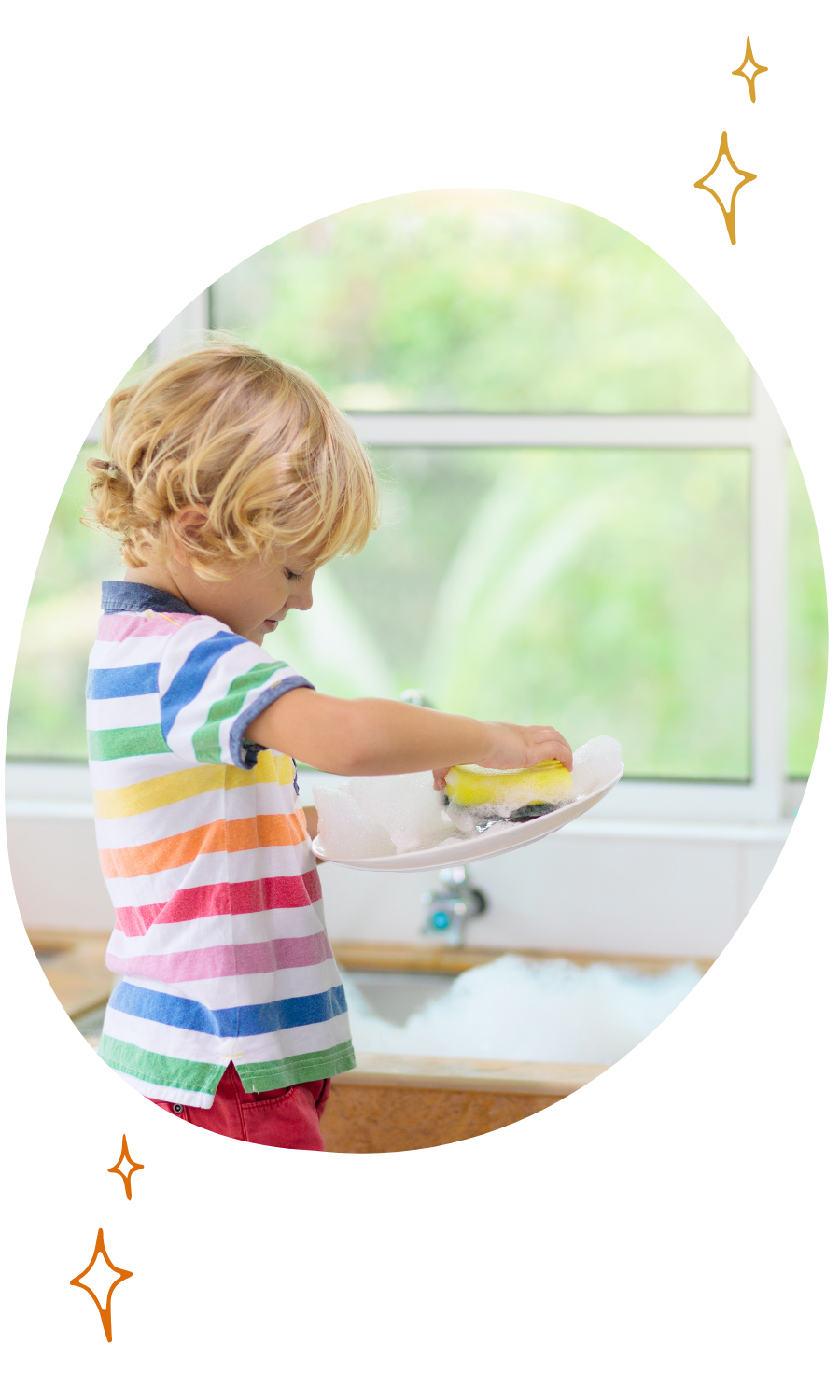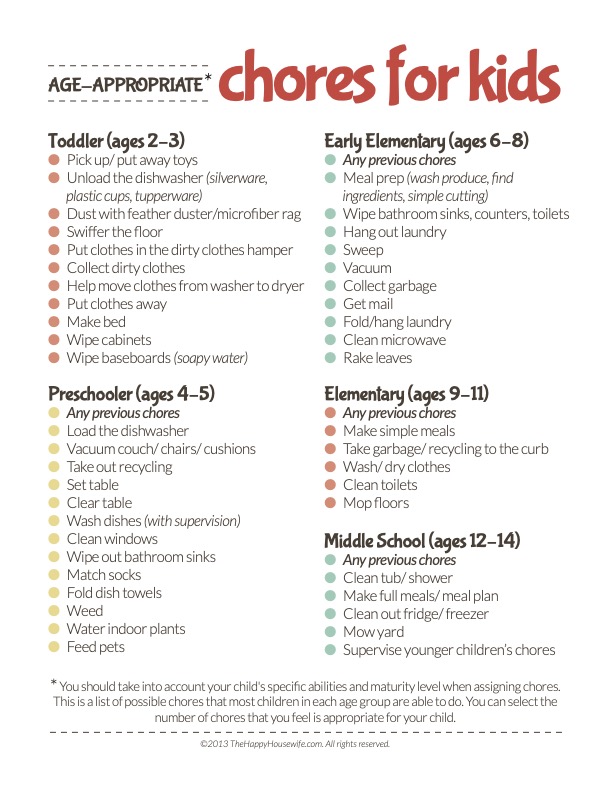“The greatest gifts we can give our children are the roots of responsibility and the wings of independence.”
— Maria Montessori
As you’ve likely observed, Montessori education takes building the child’s capacity for independence very seriously. From our child-sized furniture and tools, to materials with a built-in ‘control of error’ which allow children to correct their own academic work, many aspects of the Montessori environment are designed to allow children to act with maximum independence, and minimum interference from the adult.
In the classroom, we love to see children take pride in their own work and their own capabilities. It isn’t always easy to step back and observe, but we know as Montessorians that creating an environment that allows children to ‘do it themselves’ creates happy, confident problem solvers. Here are some strategies to help support your child’s independence and self-reliance at home!
THE PHYSICAL SPACE
Although your home serves all family members, not just the youngest, it’s worth spending a moment analyzing spaces from your child’s vantage point. From there, you may be able to make small changes that increase accessibility to your child and allow them to manage belongings and processes without help.
“Let us imagine ourselves among a race of giants who differ from us in proportion as we differ from the child and we ourselves are forced to use the giant’s furniture, dishes and possessions.”
— Maria Montessori
- Choose one specific location (perhaps a height-appropriate hook or basket near the front door) for your child to deposit their school things each day. An orderly, consistent outside environment helps kids build order within their mind. They’ll be able to gather their belongings in the morning on their own if they’re in the same place every day.
- Stools not only at the bathroom sink, but also in the kitchen allow kids to be involved in helping to wash produce, and dirty dishes. Perhaps they could take their containers out of their lunch box when they arrive home from school and rinse them out on their own.
- Invest in snack and lunch containers that your child can open and close independently. It may take some practice, but is so empowering for them. Same goes for clothing and shoes!


- Consider what tools would be useful to involve your child more in cooking at home. Do you need a smaller knife so they can help chop vegetables? Smaller oven mitts or baking sheets? Older children can start to be responsible for entire courses and meals.
- Think about reserving a low shelf in the fridge, or a low kitchen drawer, for kid-friendly snacks. If your child is hungry, allow them the freedom of movement to prepare a snack without involving an adult. Food preparation activities we love in the classroom include: peeling a hard boiled egg, slicing a banana, spreading nut/sunbutter on crackers or celery, slicing an apple, peeling edamame… yum! Kids from toddler up can also help to pack their own lunches, which may decrease the amount of uneaten food that comes back home.
- Involve your child in creating a visual or written list of everything they need to gather or take care of before leaving in the mornings. This can be posted near the door, and will save you precious time and energy on reminders. This is a similar concept to Control Charts in the primary and elementary classrooms, which allow learners to check the accuracy of their math facts without needing an adult to grade them
Strategies for the Adult
“The fundamental help in development, especially with little children of 3 years of age, is not to interfere. Interference stops activity and stops concentration.”
— Maria Montessori
We acknowledge it can sometimes take a superhuman amount of patience to sit back and watch a young child put their shoe on at the pace of a sloth. Here are some things to keep in mind:
Some keys to setting appropriate and consistent boundaries:

Embrace Imperfection: If your child hasn’t washed dishes or buttoned their coat by themselves before – it’s a brand new skill for them! They’ll have to practice repeatedly to improve. Encourage their effort and hard work, and be mindful with criticisms and corrections. If they’re struggling, you can offer to give a lesson or demonstrate. In the classroom, we model at the child’s level, clearly and slowly, without excessive words or movements. After that, we give them space and time to practice over and over (and over) again.

Lower the Stakes: Speaking of space and time, brainstorm ways your child can practice a new skill in a relaxed, casual environment. If your kid is insistent on fastening their own car seat buckle, but there’s not enough time to wait before leaving for school, take the car seat out of the car on a weekend morning and let them sit in it and practice buckling and unbuckling to their heart’s content. If your child wants to wear a new pair of lace-up shoes to school, have them practice taking them off and on at a time when you’re not in a rush. Decreasing the pressure can be helpful for everyone.

Count to Twenty: If you feel stress building as you impatiently wait for your child to finish completing a task, try counting to 20 in your head before you issue a correction or hurry them along. Oftentimes, they’ll finish up on their own, and may even notice they forgot to flush, or left the water running if given time to focus at their own pace.

Relinquish Control: What decisions can give your child control over? Consider stocking their closet with only weather appropriate clothing at their reach and letting them select their own outfits with absolutely no interference. (We promise we won’t judge!) Or, could members of the family take turns planning Sunday night dinner or a Saturday afternoon activity? Depending on the age of your child, they may be able to manage the logistics completely on their own.
Wondering what expectations are developmentally appropriate? Here’s a loose, and rather conservative, guide from TheHappyHousewife.com to use as a starting point. But of course, you know your child best! If there are other strategies that have worked for your family, please share them with us – we’d love to learn from you.


